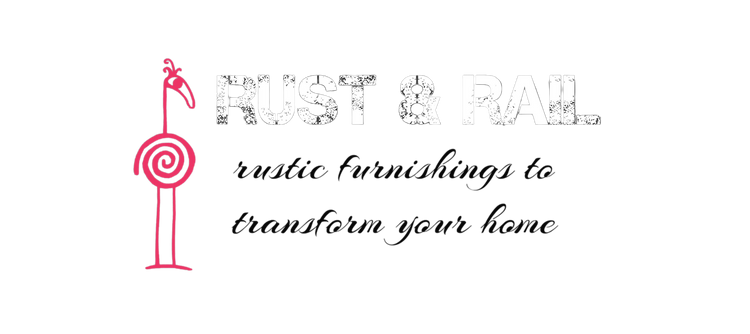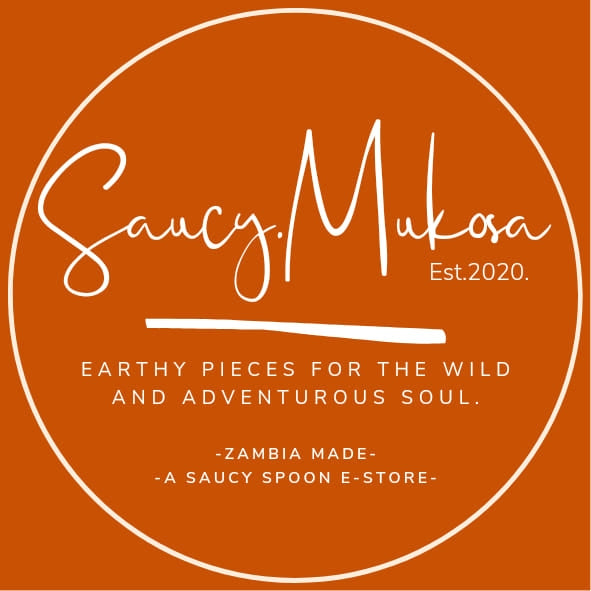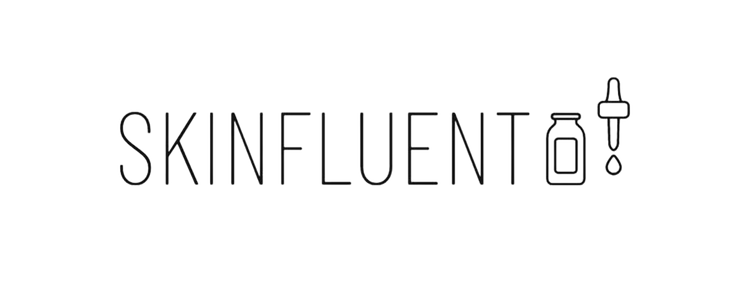
Are UV Nail Drying Lamps Harming Your Nails?
Share
Imagine this: You are at the salon, your nails are freshly painted with the perfect shade, and now it is time to seal the deal with a quick session under the UV nail lamp. You slip your hands in, the warm light radiates down, and you are feeling excited about your glossy finish. But have you ever wondered what is happening beneath the surface? Sure, your nails are drying faster than ever, but what about the potential risks that come with it?
UV nail drying lamps, while convenient, could be exposing you to far more than just a quick polish set. From skin damage to weakened nails, it is time we talk about the side effects most beauty routines do not cover.
The Hidden Dangers of UV Nail Drying Lamps
1. Increased Exposure to UV Radiation:
UV nail lamps emit UVA rays, similar to those found in tanning beds. While it may seem like a minor exposure during a manicure, the cumulative effect can be concerning. Research has shown that these lamps can emit UV levels that can potentially damage the skin over time, increasing the risk of premature aging, hyperpigmentation, and, in extreme cases, skin cancer.
In a study published in JAMA Dermatology, researchers found that just a few minutes of exposure to UV nail lamps could lead to DNA damage, increasing the risk of skin cancer, particularly squamous cell carcinoma. This exposure is cumulative, meaning that regular visits to the salon add up over time.
2. Nail Weakening and Brittleness:
While UV light is essential to harden gel nail polish, it can have detrimental effects on the health of your natural nails. Repeated exposure weakens the keratin structure of the nails, leaving them more brittle, dry, and prone to breakage. This can be especially harmful for those already dealing with fragile or damaged nails.
3. Skin Sensitivity:
Another overlooked issue is skin sensitivity. Frequent exposure to UVA radiation can cause inflammation and irritation around the cuticle area. For individuals with sensitive skin or those who prioritize natural, non-toxic skincare routines, this exposure may counteract efforts to maintain healthy, radiant skin.
4. Limited Regulation:
Unlike tanning beds, UV nail lamps are not closely regulated, meaning that consumers are often unaware of the actual UV intensity they are being exposed to. This lack of transparency makes it hard to know just how much risk you are taking each time you slip your hands under the lamp.
Embrace Natural Nail Care
With the growing popularity of minimalist skincare routines, many people are turning away from over-complicated beauty treatments and embracing a more natural approach to nail care. Here are some reasons why:
Stronger, Healthier Nails: Avoiding UV exposure gives your nails the chance to grow naturally, without the stress and damage caused by radiation or harsh chemicals. By keeping your nail routine simple, you can maintain stronger, healthier nails.
Fewer Chemicals: Most gel polishes and nail treatments contain potentially harmful chemicals like formaldehyde and toluene. Opting for natural nail care routines means fewer toxins in your body, aligning with the goals of a healthy, toxin-free lifestyle.
Eco-friendly: By reducing reliance on gel treatments and harmful UV lamps, you’re also doing your part for the environment. Many nail products contain harmful chemicals that pollute our water supply when washed off.
How to Transition to a Natural Nail Care Routine
1. Moisturize Your Nails and Cuticles: Just as you care for the skin on your face and body, your nails and cuticles need hydration. Oils like Jojoba, Almond, and Baobab are fantastic for locking in moisture, strengthening your nails, and promoting healthy growth. This can be easily incorporated into your skincare routine by applying these oils before bed or after washing your hands.
2. Nourish From Within: Your nails reflect your overall health, and a well-balanced diet rich in vitamins like biotin, vitamin E, and omega-3 fatty acids will help improve the condition of your nails. You can find these in foods like nuts, seeds, avocados, and leafy greens—staples in a healthy, natural diet.
3. Buff, Do not Polish: Buffing your nails can give them a healthy shine without the need for polish. A gentle buffer can smooth out ridges and imperfections, while promoting circulation and strengthening the nail bed.
4. Choose Breathable Nail Polishes: If you love color, opt for non-toxic, breathable nail polishes that allow your nails to "breathe." These polishes are free from harmful chemicals and offer a healthier alternative to traditional gels or acrylics.
5. Protect Your Hands: To minimize UV exposure, wear UV-protective gloves when using nail lamps. Many natural skincare enthusiasts also use broad-spectrum sunscreen on their hands to further reduce the risks.
6. Give Your Nails a Break: Just like with any other part of your body, your nails need time to heal and regenerate. If you frequently use gel polish or acrylics, consider taking regular breaks to let your nails recover.
Final Thoughts
While UV nail drying lamps have become a staple in many beauty routines, it is important to be mindful of their potential risks. As more people turn to natural and minimalist skincare, it is worth reconsidering the need for regular UV exposure in the name of beauty. Healthy nails, much like healthy skin, thrive when we nourish them naturally and give them the care they deserve. By embracing simple, natural nail care practices, you can protect not only your nails but also your overall well-being.
So, next time you think about heading to the salon, consider the natural route instead. Your nails—and your health—will thank you.
Sources:
*JAMA Dermatology* study on UV nail lamps and skin cancer risk
Research on nail brittleness from repeated UV exposure








